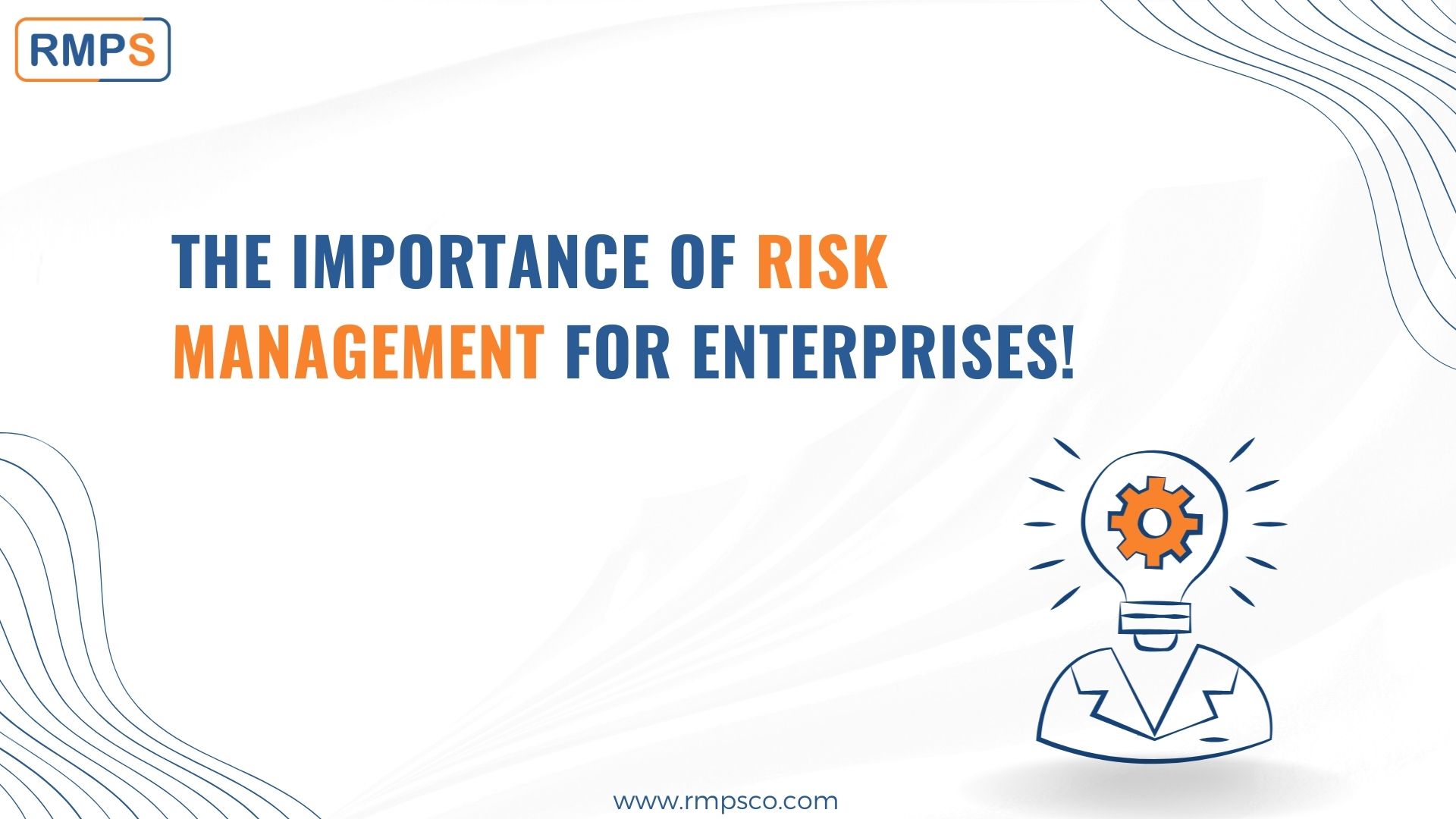Addressing the Unseen Risks: The Importance of Risk Management in Tech
Addressing the Unseen Risks: The Importance of Risk Management in Tech
Blog Article
Checking out the Value of Risk Management for Effective Decision-Making Strategies
In the elaborate globe of business, Risk Management emerges as a critical aspect in the decision-making process. The capacity to determine possible hazards and opportunities, and plan appropriately, can mean the distinction in between success and failing.
Comprehending the Concept of Risk Management
Risk Management, an essential component in decision-making, is frequently misconstrued or oversimplified. Normally, it describes the identification, analysis, and prioritization of threats to minimize, check, and control the chance or impact of unfavorable occasions. Nevertheless, it's not just concerning preventing adverse results, however additionally regarding identifying possible opportunities. Risk Management involves organized and disciplined techniques, using information and insightful analyses. It requires a detailed understanding of the company's context, purposes, and the potential dangers that can obstruct them. From monetary unpredictabilities, legal obligations, critical Management mistakes, to crashes and all-natural catastrophes, it addresses numerous risks. Significantly, reliable Risk Management is not stationary; it's a continuous, progressive process that advances with changing circumstances.
The Duty of Risk Management in Decision-Making Processes
In the realm of strategic preparation and business operations, Risk Management plays an indispensable duty in decision-making processes. Risk Management thus ends up being a vital tool in decision-making, aiding leaders to make educated options based on a detailed understanding of the threats included. Risk Management serves as a crucial part in the decision-making procedures of any organization.

Exactly How Risk Management Improves Strategic Preparation
In the context of calculated preparation, Risk Management plays a critical duty. Initiating with the recognition of possible threats, it even more encompasses the application of Risk mitigation steps. The function of Risk Management is not fixed yet dynamic, as it requires consistent surveillance and adjusting of strategies.
Determining Possible Threats
Implementing Risk Reduction
Risk reduction strategies can range from Risk avoidance, Risk transfer, to risk reduction. Each strategy should be customized to the certain Risk, considering its possible impact and the organization's Risk resistance. Reliable Risk mitigation calls for a deep understanding of the Risk landscape and the possible effect of each Risk.
Monitoring and Readjusting Approaches
Though Risk reduction is a critical step in tactical preparation, constant monitoring and modification of these strategies is just as vital. It likewise offers a chance to review the success of the Risk Management actions, permitting adjustments to be made where necessary, further improving calculated preparation. Monitoring and changing Risk Management techniques is an essential element for enhancing an organization's durability and tactical preparation.
Instance Studies: Successful Risk Management and Decision-Making
In the globe of service and finance, successful Risk Management and decision-making commonly work as the pillars of thriving ventures. One such entity is a multinational oil company that reduced financial loss by hedging against changing oil costs. In an additional circumstances, a tech startup prospered by determining and approving high-risk, high-reward techniques in an unpredictable market. A global financial institution, faced with governing uncertainties, efficiently browsed the situation with proactive Risk analysis and dynamic decision-making. These situations highlight the worth of sharp Risk Management in decision-making procedures. It is not the absence of Risk, however the Management of it, that often distinguishes effective companies from unsuccessful ones. These situations highlight the important duty of Risk Management in calculated decision-making. importance of risk management.
Devices and Methods for Effective Risk Management
Browsing the complex you can try here puzzle of Risk Management Click This Link calls for the best set of tools and techniques. These tools, such as Risk signs up and warmth maps, aid in determining and evaluating prospective risks. Methods consist of both quantitative approaches, like level of sensitivity analysis, and qualitative approaches, such as SWOT evaluation. These assistance in prioritizing threats based on their prospective impact and chance. Risk response strategies, a crucial part of Risk Management, include approving, staying clear of, moving, or mitigating threats. Monitoring and regulating threats, via regular audits and reviews, guarantee that the strategies continue to be effective. With these tools and techniques, decision-makers can browse the complex landscape of Risk Management, thereby facilitating notified and reliable decision-making.
Future Trends in Risk Management and Decision-Making Strategies
As we check out the huge landscape of Risk Management, it comes to be evident that the tools and techniques made use of today will certainly remain to advance. Future trends direct towards an increased dependence on modern technology, with expert system and artificial intelligence playing substantial roles. These innovations will make it possible for organizations to predict prospective threats with higher precision and make even more educated decisions. Additionally, there will be a growing focus on durability, not simply in taking care of risks but also in getting better from adverse circumstances. Finally, the principle of Risk society, where every member of a company is conscious and associated with Risk Management, will certainly acquire more prestige. These fads advertise a more comprehensive and positive approach towards Risk Management and decision-making.
Verdict

Risk Management thus ends up being a crucial device in decision-making, aiding leaders to make informed selections based on a detailed understanding of the dangers included. Risk mitigation approaches can a fantastic read vary from Risk avoidance, Risk transfer, to risk reduction (importance of risk management). Efficient Risk mitigation calls for a deep understanding of the Risk landscape and the prospective effect of each Risk. Risk action methods, a crucial element of Risk Management, involve accepting, preventing, moving, or mitigating threats. The principle of Risk culture, where every member of an organization is mindful and included in Risk Management, will acquire more prestige
Report this page